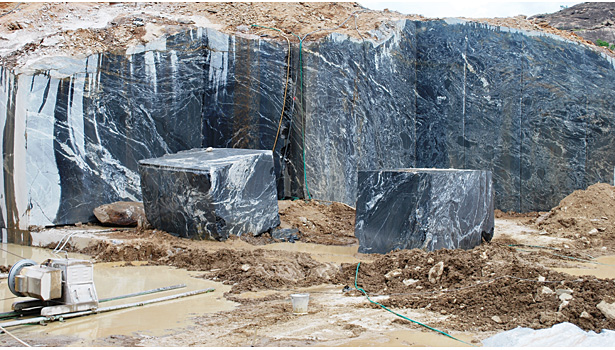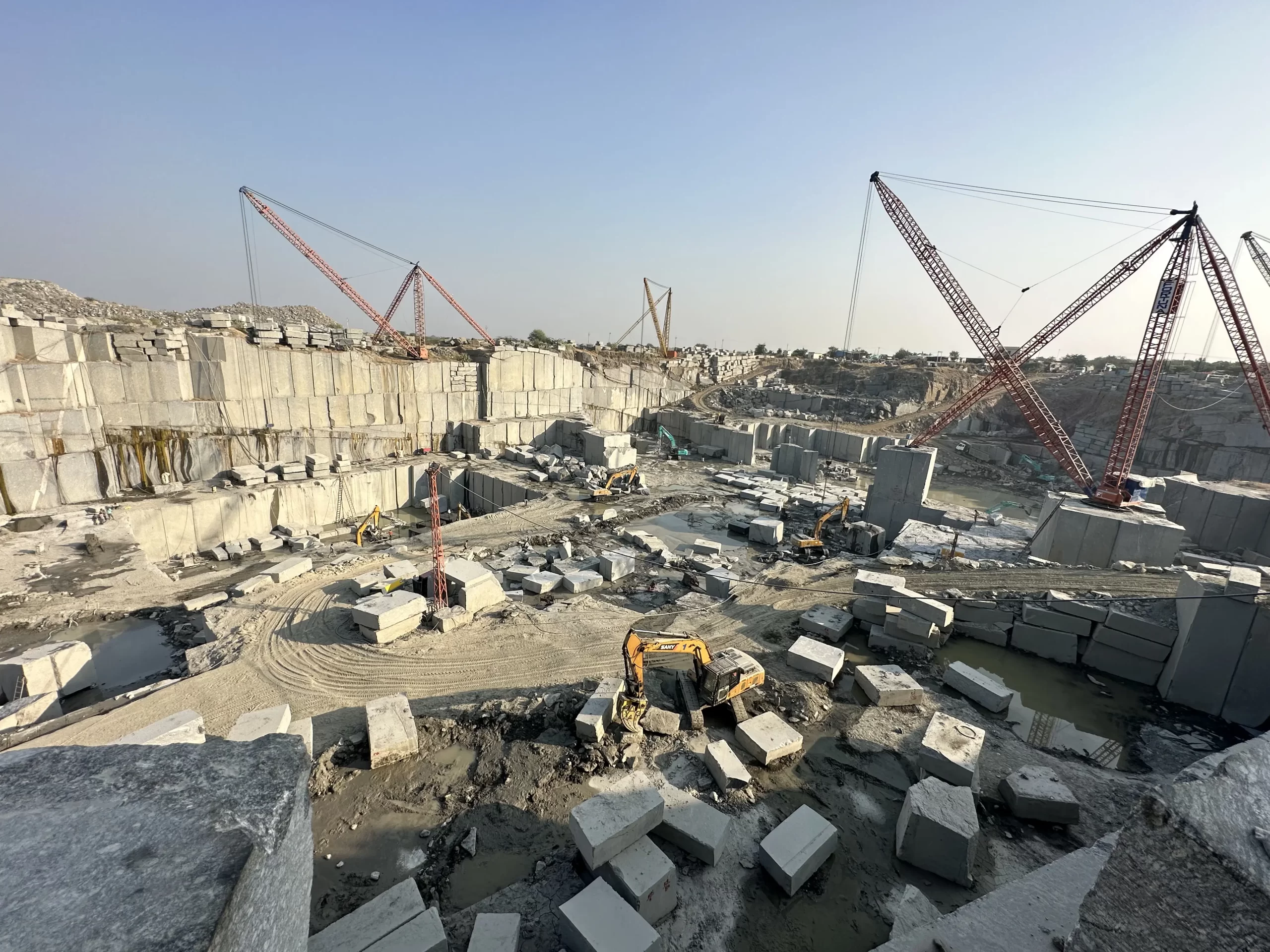Unlocking All-natural Treasures: Granite Quarries in South Africa Unveiled
Unlocking All-natural Treasures: Granite Quarries in South Africa Unveiled
Blog Article
Revealing the Mysteries of Granite Quarrying: Where Toughness and Sophistication Meet
The globe of granite quarrying is a world where the raw strength of nature assembles with human artistry to produce structures that stand the examination of time with an air of style. From the depths of quarries to the meticulous polishing in workshops, the process of changing granite right into building marvels is a complicated dancing of tradition and development. As we peer into the midsts of this old craft, we start to reveal the surprise ins and outs that shape the very essence of our developed atmosphere.
The Beginnings of Granite Quarrying
In the annals of architectural history, the beginnings of granite quarrying are shrouded in a tapestry of old craftsmanship and geological marvels. Going back to old Egypt and Mesopotamia, the removal of granite from quarries marked the beginning of a trip that would ultimately lead to the production of a few of the world's most famous frameworks.
Granite quarrying's roots can be mapped to the competent artisans that acknowledged the rock's durability and aesthetic allure. Via a combination of primitive devices and sheer resolution, these early quarry employees uncovered granite blocks that would come to be the foundation of people.
As civilizations advanced, so did the strategies of quarrying granite. The Romans, renowned for their design prowess, created advanced methods for removing granite to construct monuments, holy places, and roads that stood the examination of time.
The tradition of these old quarrying techniques continues to shape modern design, with granite remaining a sign of toughness and elegance in building and construction projects around the world. (granite quarries in south africa)
Devices of the Quarrying Trade
The development of granite quarrying techniques from ancient people to modern times highlights the critical role played by the devices of the quarrying sell forming the industry's practices. In ancient times, quarrying tools were basic, typically containing blades, hammers, and wedges made from products like bronze or iron. These tools needed considerable workforce and time to remove granite blocks from quarries.

Furthermore, the intro of pneumatically-driven tools and high-powered machinery has significantly decreased the physical labor called for in quarrying procedures, enhancing worker safety and security and efficiency. As the quarrying sector remains to innovate, the tools of the trade remain at the leading edge of driving progression and shaping the future of granite removal.
Removing Blocks of Granite
Utilizing precision equipment and progressed strategies, the extraction of granite obstructs from quarries has actually become a sophisticated procedure in the contemporary quarrying market. The first step includes identifying the place and Check Out Your URL size of the granite down payment to identify one of the most effective extraction method. When an appropriate website is chosen, the extraction procedure begins with the boring of openings for the positioning of dynamites. Regulated blowing check my site up methods are then employed to disintegrate the granite into convenient areas.

Sprucing Up and Completing Methods
To achieve a perfect surface on granite blocks, knowledgeable artisans utilize a collection of careful polishing and completing strategies. After the initial extraction and forming processes, the granite obstructs go through a complete polishing stage to improve their all-natural charm and longevity.
Along with sprucing up, completing strategies are used to more fine-tune the granite's appearance. These methods might consist of flaming, developing, or cleaning, each offering unique structures and coatings to match different aesthetic choices. Flaming, for example, entails revealing the granite surface area to heats to produce a harsh, find here textured surface, perfect for outside applications where slip-resistance is necessary. Refining, on the other hand, supplies a matte finish that is smooth to the touch, perfect for interior kitchen counters and flooring. By thoroughly selecting and applying these brightening and ending up strategies, artisans can change raw granite obstructs into beautiful items that display both toughness and sophistication.

Ecological Impact and Sustainability
With the growing emphasis on ecological consciousness in the sector, granite quarrying techniques are significantly scrutinized for their influence on all-natural sources and long-term sustainability. Quarrying for granite can have substantial environmental ramifications. The extraction process often involves using hefty machinery, nitroglycerins, and big quantities of water, bring about habitat damage, dirt erosion, and water contamination. Additionally, the transport of granite from quarries to refining facilities generates carbon discharges, further adding to ecological deterioration. granite quarries in south africa.
To alleviate these influences and guarantee sustainability in granite quarrying, sector stakeholders are embracing numerous measures. Carrying out sophisticated innovations to minimize power intake and water use, reclaiming quarried land for environmental repair, and promoting accountable sourcing practices are some approaches being employed. Qualifications such as the Woodland Stewardship Council (FSC) and the Management in Energy and Environmental Style (LEED) assistance consumers identify ecologically pleasant granite products.
Final Thought
Finally, granite quarrying is a procedure that requires specialized devices and techniques to essence blocks of granite and polish them to a high degree of finish. While the environmental influence of quarrying can be significant, initiatives are being made to enhance sustainability techniques in the sector. In general, granite quarrying is a delicate balance in between utilizing the toughness and sophistication of this all-natural rock while lessening its influence on the environment.
Report this page